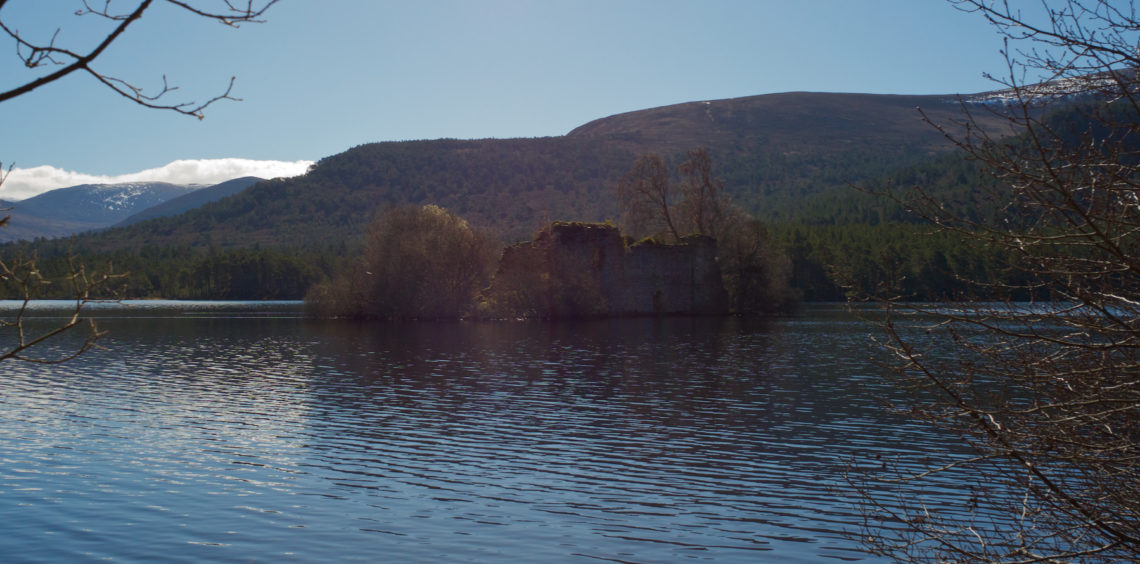
Loch an Eilein Castle
There’s something that catches your imagination about a castle on its own island. Already fortified against intruders, the surrounding water makes it seem even more inaccessible – which is, of course, exactly what its owners wanted.
In mid-April we took a trip up to the Cairngorms and stopped to have a look at Loch an Eilein Castle, a few miles south of Aviemore. This imposing ruin sits on a tiny island in Loch an Eilein, whose name means ‘loch of the island’. The Rothiemurchus Forest, a remnant of the ancient Caledonian Forest, surrounds it on all sides; in the south-east, the land eventually rises to the bare summits of Braeriach and Ben Macdui. Although they were wreathed in cloud, there were glimpses of slopes still speckled with snow patches.
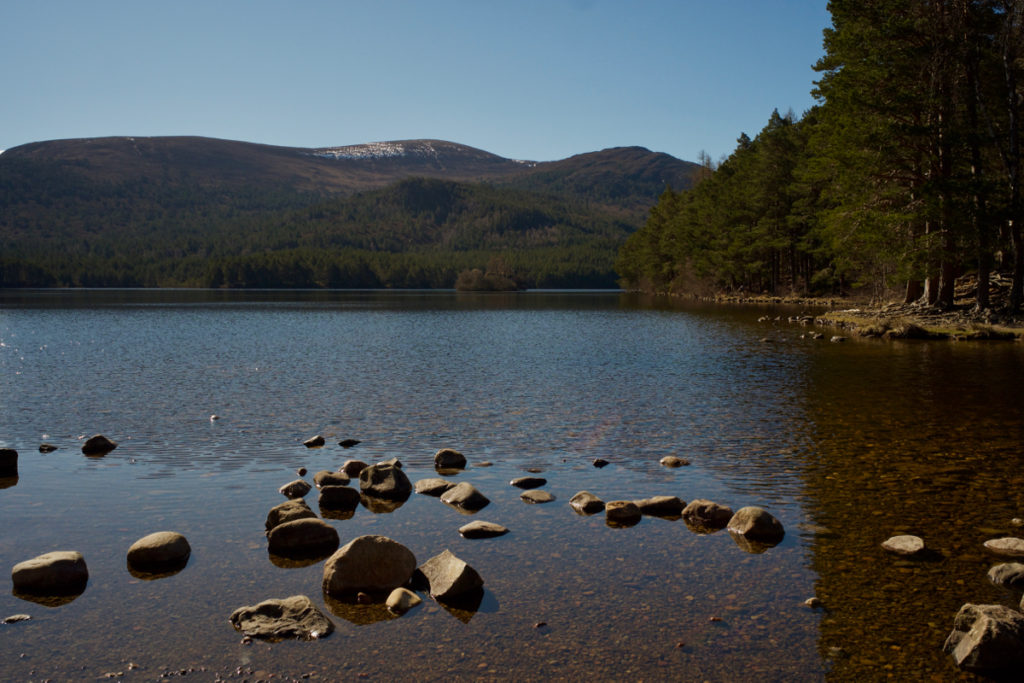
From the car park, a track leads through the forest and runs all around the loch, allowing good views of the castle from the west shore. Solid-looking walls testify to its earlier strength, although they are ragged now around the window openings and topped with a covering of turf. Trees crowd round the perimeter, some (probably willows or alders) with their roots in the water. A lovely big birch tree overhangs it at the south end.
Curiously, the water laps right up to the lower courses of stonework, giving the impression that the castle is half-submerged in the loch. Apparently, the water level rose in the 1770s as a result of a sluice being built at the north end to allow felled timber to be floated down an outlet to the River Spey. By that time, however, the castle had long been abandoned.
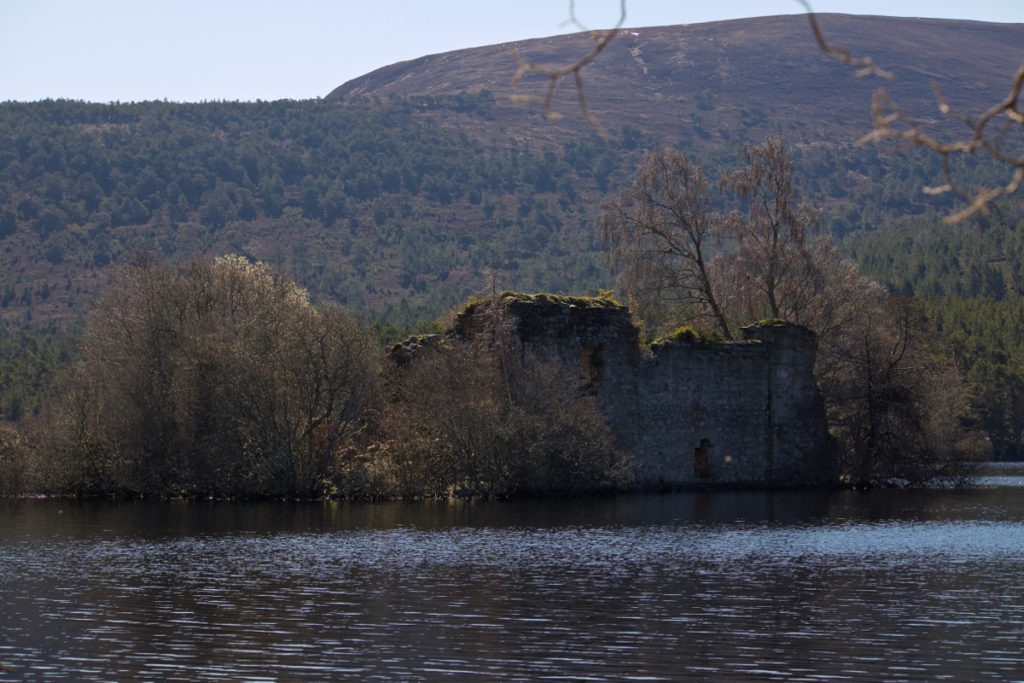
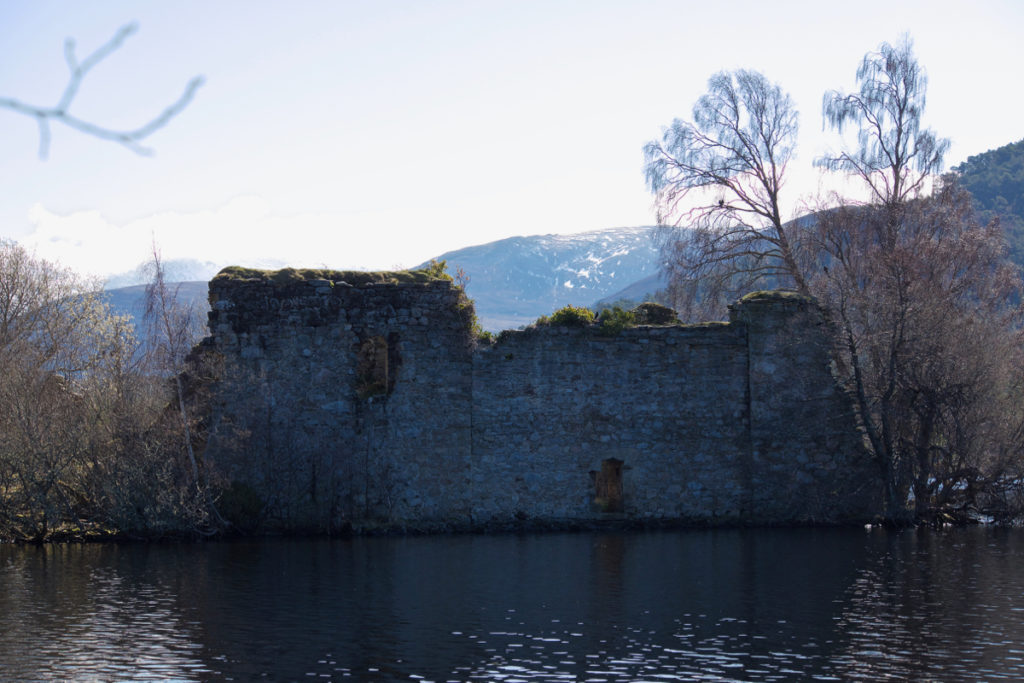
It’s not known for sure whether the island was originally a crannog, meaning that it was man-made; if so, it could have had a dwelling on it as long ago as the Iron Age (some crannogs in the Western Isles have been dated even further back, to the Neolithic). Sometime in the 13th century, King Alexander II made a grant of land at Rothiemurchus to the Bishop of Moray, and it is thought that he built a fortified dwelling at the south end.
In the late 14th century, the property was held by Alexander Stewart, the fourth son of Robert II of Scotland and great-grandson of Robert the Bruce. It is believed that Alexander built a thick-walled tower house on the island. Known as the Wolf of Badenoch, he was a powerful landowner who used bands of warriors known as caterans to attack his rivals. After a major falling-out with his older brother and the Bishop of Moray, which resulted in his being excommunicated, he went on the rampage and burned down Elgin Cathedral, the Bishop’s seat.
The castle passed to the Grants in the 1500s. In her Memoirs of a Highland Lady, written in the 1840s, Elizabeth Grant, eldest daughter of the 7th Laird of Rothiemurchus, revealed that she was told about ‘a zigzag causeway beneath the water, from the door of the old castle to the shore, the secret of which was always known to three persons only.’ She tried to find this causeway herself, but failed to do so. She added: ‘A great number of paths crossed the forest, and one or two cart-roads; the robbers’ road at the back of Loch-an-Eilan was made by Rob Roy [MacGregor] for his own convenience when out upon his cattle raids…’
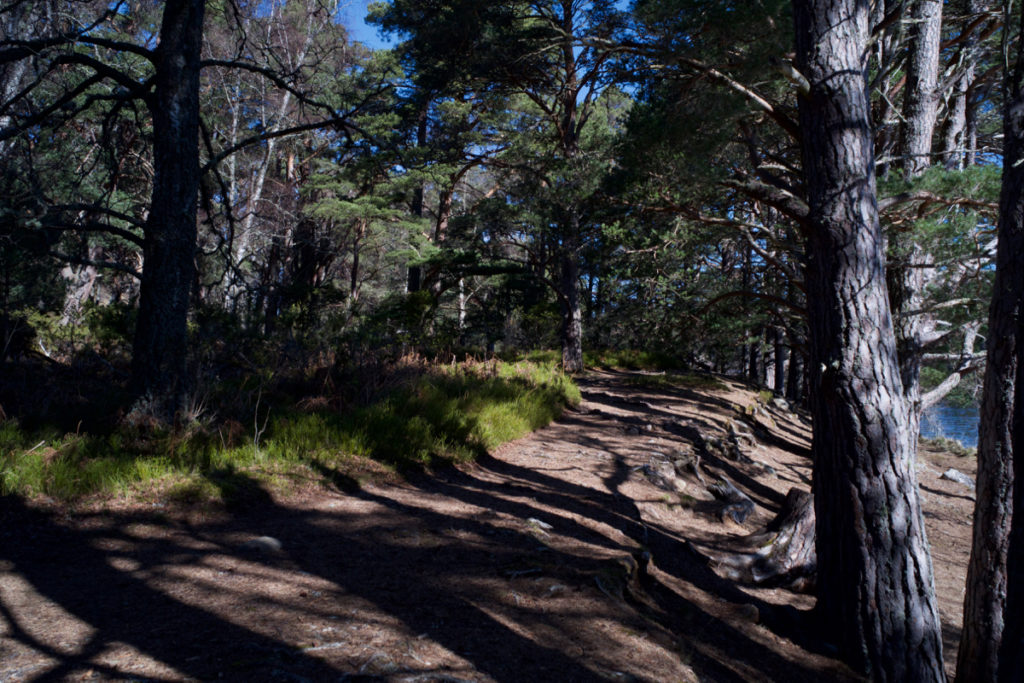
According to the Rothiemurchus website, bands of marauders did indeed use the ‘Thieves’ Road’ that ran along the eastern shore of the loch as they made their way towards Strathspey in search of plunder. Armies passed this way, too: after Government forces scattered Jacobite rebels at the Battle of Cromdale in 1690, a number of fleeing Jacobite soldiers attempted to take the castle by force. In his book, Rothiemurchus (1907), historian and church minister Hugh Macmillan describes what happened:
“…after the disastrous battle on the ‘Haughs of Cromdale’, so long celebrated in song and dance in Scotland, the remnant of the defeated adherents of James II, the followers of Keppoch [Coll Macdonald, 16th Chief of Keppoch] under General Buchan, fled to Loch-an-Eilan for refuge, and made an attempt from the mainland to seize the castle, which was defeated by the Rothiemurchus men under their valiant laird. A smart fire of musketry greeted them from the walls of the castle, the bullets for which were cast by Grizzel Mor, the laird’s wife, and they were repulsed with great loss.”
In her memoirs, Elizabeth Grant says that Grizzel Mor was remembered as ‘a very clever woman.’ She was the daughter of Mackintosh of Killachie, and had married James, the third Laird of Rothiemurchus. Elizabeth explains: ’Her name was Grace, but on account of her height, and perhaps of her abilities, she was always called in the family Grizzel Mor.’
Later generations of Grants were just as staunch in their protection of the castle, but for different reasons. In an article in the Cairngorm Club Journal of 1900, Alexander Inkson McConnochie revealed that ospreys had long been nesting in the ruins, and he paid tribute to the Grants of Rothiemurchus who were actively preventing them from being disturbed. Defying the Victorians’ obsession with egg-collecting, the Grants refused to allow any boat on the loch during nesting season.
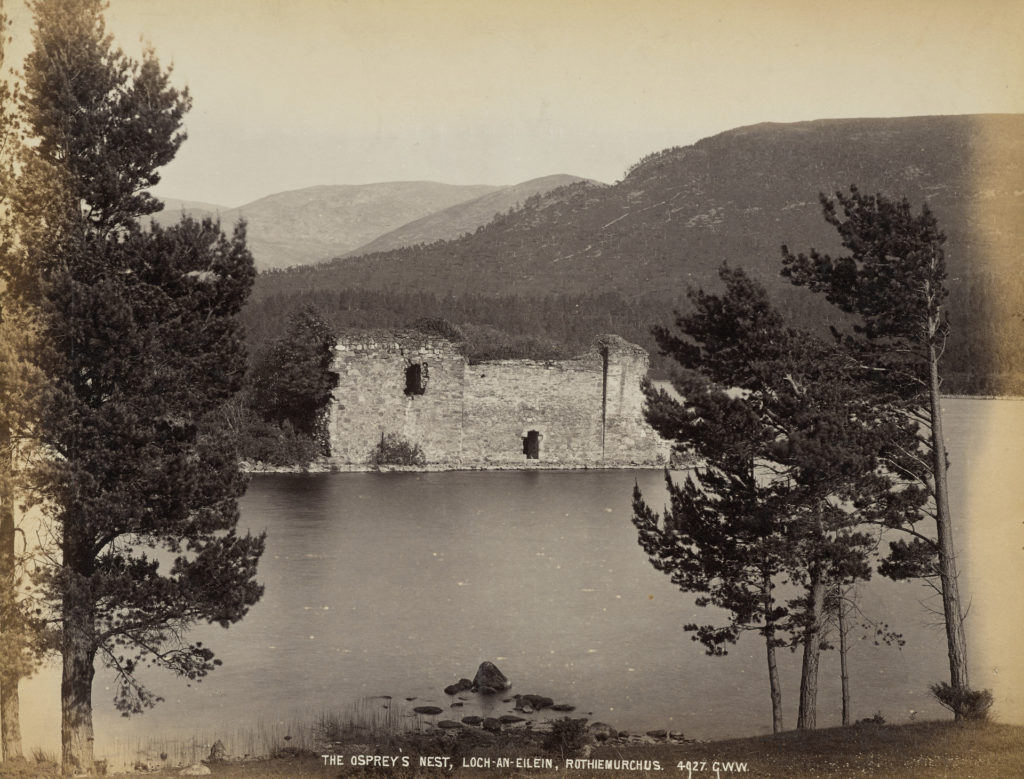
The Osprey’s Nest, Loch-an-Eilein by George Washington Wilson (1823-1893). The nest of twigs and branches can be seen atop the stonework, far right. Photo courtesy National Galleries of Scotland
Describing features of the structure now possibly lost, McConnochie continued: ‘The southerly vault had contained an oratory, while over the other was the so-called “Lady’s Room”… There is a central staircase, two feet wide, in a six-foot wall on the east side of the North Vaulted Room; about thirty steps, more or less perfect, still remain.’
In 1903, when Sir John Murray and his surveyors were making their Bathymetrical Survey of Scotland’s Freshwater Lochs, they visited Loch an Eilein and noted that ospreys were still nesting in the ruins. With his usual thoroughness, Murray measured the greatest depth of the loch (66 feet, at the south-west end), the volume of water (144 million cubic feet) and the elevation (839.6 feet above sea level).
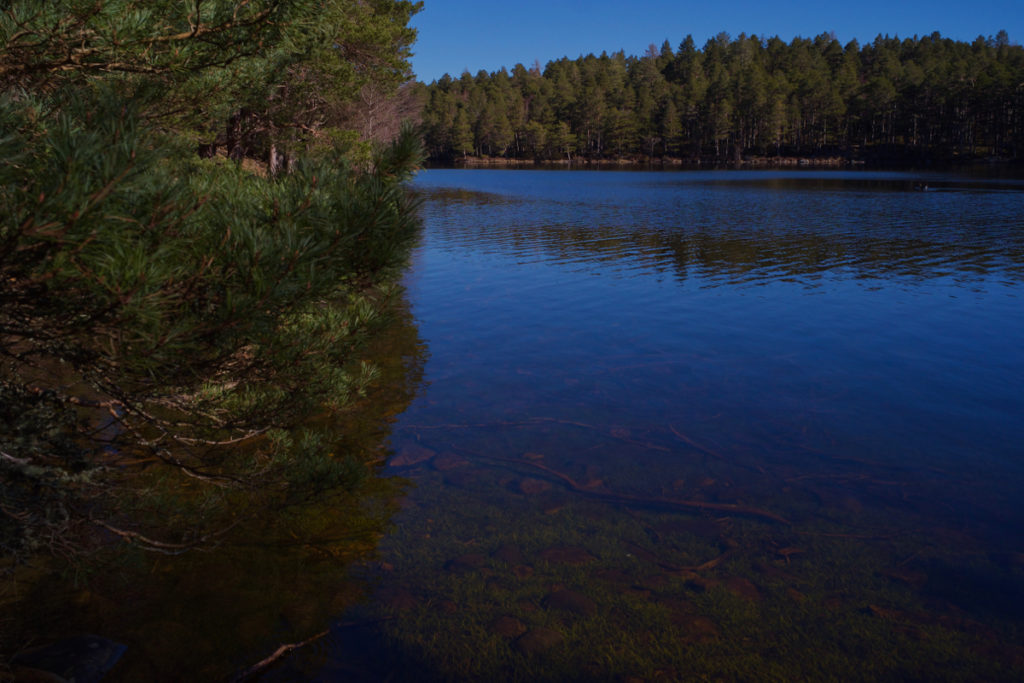
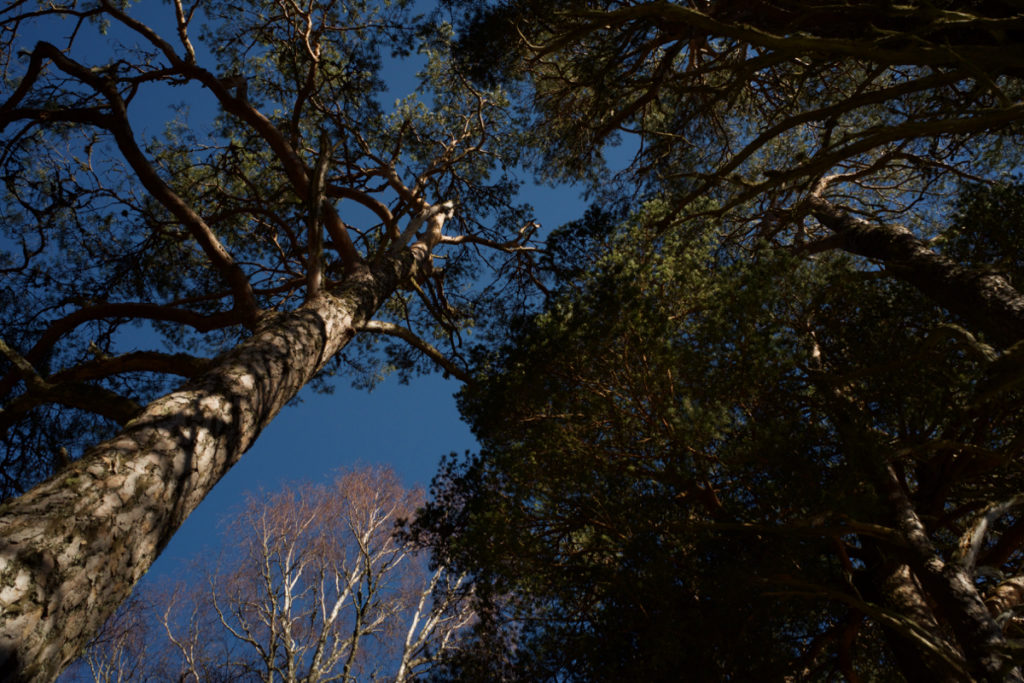
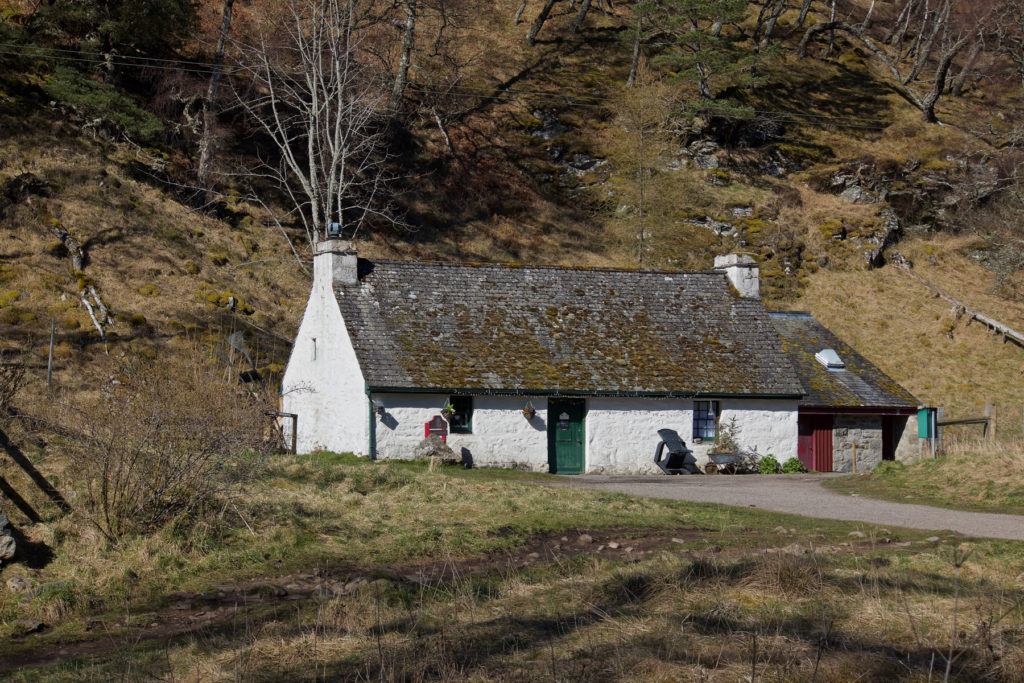
Bothy used as a small shop and visitor centre
Recalling her childhood at Rothiemurchus, Elizabeth Grant described a terrifying accident that happened in the 1800s, during the ‘floating’ – a time when felled tree trunks were being floated out of the loch and down to the Spey. The loch had been partially dammed in order to guarantee a powerful rush of water to carry the timber, and the resulting outflow was channelled through a narrow wooden conduit, down which the logs travelled at great speed. It was an activity that involved many of the estate workmen, and the laird’s children came to watch. In excitement, Elizabeth’s younger sister, Mary, leapt across the conduit, missed her footing and fell into the water. She was whisked away downstream but one of the men caught her and pulled her out, unconscious; thankfully, she survived.
The ruin makes a striking picture against the backdrop of forest and mountain, and today the atmosphere is remarkably peaceful; in former centuries, it sounds as though there was a lot more going on! We wandered for a while under the Scots pines, gazing at the castle from different viewpoints and listening to the sounds of small birds – goldcrests, possibly, or siskins – in the branches above. After a while we moved on further north to take a look at the magnificent Sueno’s Stone, which I’ve written about here.
Quotes and reference:
- Canmore
- Elizabeth Grant of Rothiemurchus, Memoirs of a Highland Lady (1911)
- Hugh Macmillan, Rothiemurchus (1907)
- Alexander Inkson McConnochie, Loch an Eilein and its Castle, The Cairngorm Club Journal (Vol. 14, 1900)
- Rothiemurchus website
- Sir John Murray, The Bathymetrical Survey of the Fresh-water Lochs of Scotland, 1897-1909 This exhaustive survey of 562 lochs took many years to complete, and was published in six volumes in 1910, including beautiful maps drawn by Bartholomew’s of Edinburgh. It has been digitised by the National Library of Scotland.
- Walkhighlands – walking route around the loch
Footnote: Despite the Grants’ best efforts, persecution caused ospreys to become extinct in Scotland in the early 20th century. They returned to nest in Speyside in the 1950s and since then their numbers and range have increased. Ospreys no longer nest on Loch an Eilein Castle but can be sighted in the area during the summer.
Photos copyright Colin & Jo Woolf



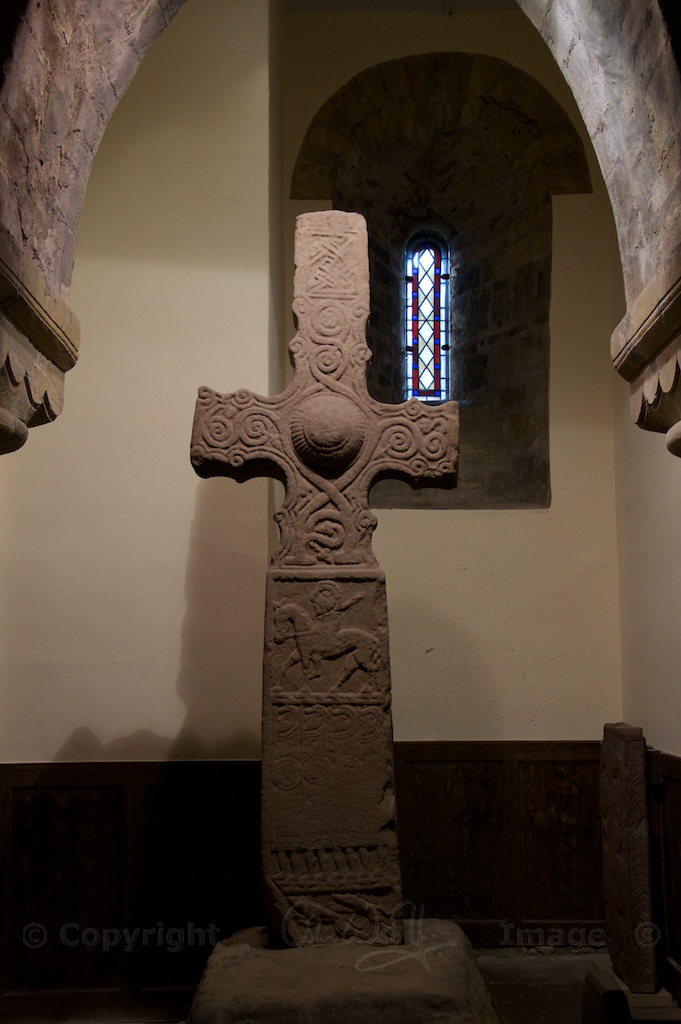
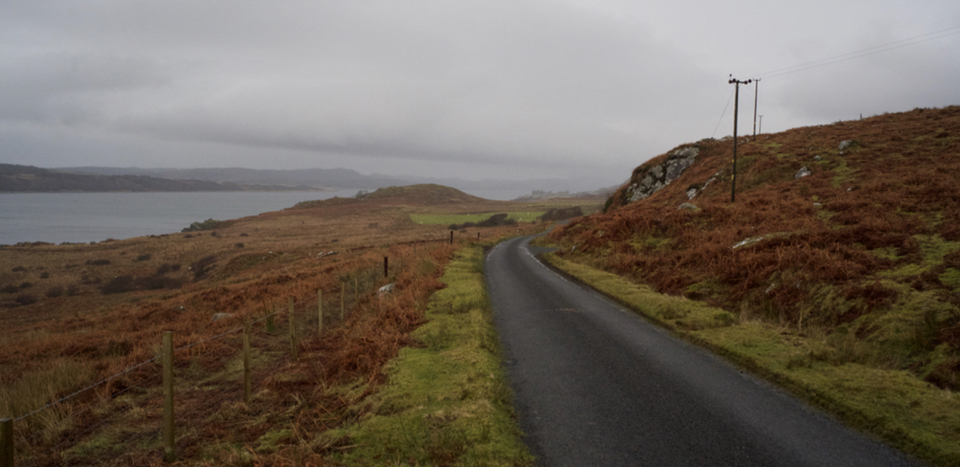
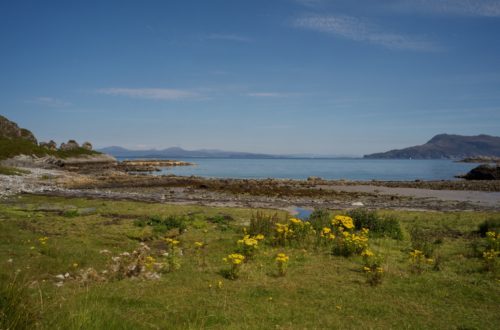
6 Comments
Bob Hay.
Hi Jo. Getting further afield in the good weather? What a setting. Imagine the man hours getting the stones out to that little island then making the mortar to bind them. The men must have been tripping over each other building it and we never get to know their names. Great article and photos by Colin as always.
Jo Woolf
Hi Bob, we were getting further afield until the heatwave in June came along, because weirdly we didn’t want to go out walking in the heat! 😀 It was a great trip up to the Cairngorms / Inverness area, and I’m always struck by how the trees grow differently there too – bigger, taller, grander, especially the birches and they turn much more vivid colours in autumn than ours. That’s a good point about getting all the materials over there, and the people who toiled away building it who are lost to history. All we hear is the name of the person who gave the orders. Interesting to see how much more populated this area was in former times. It also took me down the rabbit hole of the ospreys’ nest – I had no idea about that. Thanks for your kind comments.
Finola
What a spectacular site and fascinating history.
Jo Woolf
It’s stunning, and yes, what a colourful history. These Highland ladies were a force to be reckoned with. It was nice to find out about Grizzel Mor through one of her descendants. Such a photogenic place – I’d love to come back in winter to see what it looks like in frost or snow.
davidoakesimages
Thanks for a trip down memory lane. As always another lovely post. Another location that I have visited often…. but remember the first visit clearly. It was my first assignment for Valentines of Dundee. I was issued with a 5×4 Technical Camera, tripod and by todays standards, incredibly slow film (8asa/iso), and sent to the Cairngorms to replace their library of B&W images with Colour images. Seems strange to think back to days when B&W was king and colour new. But the printing processes for magazines and books suddenly took off with new tech and needed new colour pics. Not sure why, but of all the Cairngorm locations on the list, Loch an Eilein beckoned first. In those days the road to the Loch was a track, no Car Park and no people. Obviously I went on to cover the other hot spots, though the Ski Slopes were only being formed and would open the next year. It was an eye opening trip to these mountains, forests and lochs….. the first visit but far from the last. A lot has changed and also a good deal hasn’t 🙂 🙂
Jo Woolf
So nice to hear your memories of this, David! I would like to have seen the area when you were touring and taking photos – and it sounds like you had some of them to yourself. What a lovely assignment to be given! Plenty of walking by the sound of it, lugging the camera and tripod around!